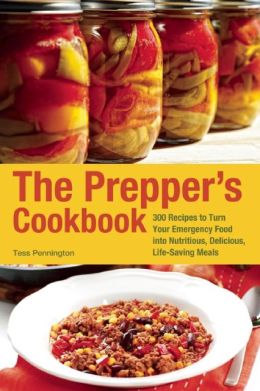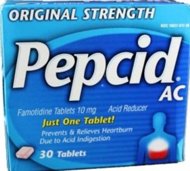In the introduction to the book, Ms. Pennington sets up a beautiful and rich story of the history of these recipes from tales of her great, great grandmother, who traveled across Oklahoma in a covered wagon with seventeen children. They not only lived on the food that they produced, but also put a portion of their harvest aside for future use.
She addresses homesteaders and preppers as neo-pioneers and begins her book by starting with the basics of prepping, food storage and rotation. Topics such as how much food to store, how to rotate your supplies and why you need to store certain types of foods are covered. There is even good advice offered on how to economically stretch your meals.
Ms. Pennington then addresses how to store and treat potentially unsafe water for use.
In the next section, food preservation is tackled. This section contains information on water bath and pressure canning including considerations for "Canning Off The Grid". It also covers the topic of dehydration, including some delicious recipes for jerky.
The Prepper's Cookbook then moves on to the mouth-watering recipes which encompass everything from breakfast to dinner and from snacks to desserts. The meals listed go from from simple to complex and include a great variety of cultural (Southern, Italian, Greek and Tex-Mex) recipes as well as comfort food. This book is packed with a lot of different ideas and recipes for food that would suit even the pickiest of eaters as well as those with special dietary needs, such as diabetics.
When I received this book, my wife saw it and literally ran with it, looking through it, noting various recipes for us to try. One of our personal family favorites is King Ranch. Thank you, Tess!
I'd like to conclude this review with some thoughts from my wife, who is a great cook in her own right. My wife read the book as well and when I asked her her thoughts, she commented, "It is a great cookbook and is not just for preppers. It's a great cookbook in general and the author was brilliant in creating it."
This book is kid friendly and contains something for every palate, from drinks to full meals. As the author recommends, "Don't just survive, thrive!" This book will definitely help you to do just that and belongs on your list of "must haves."


